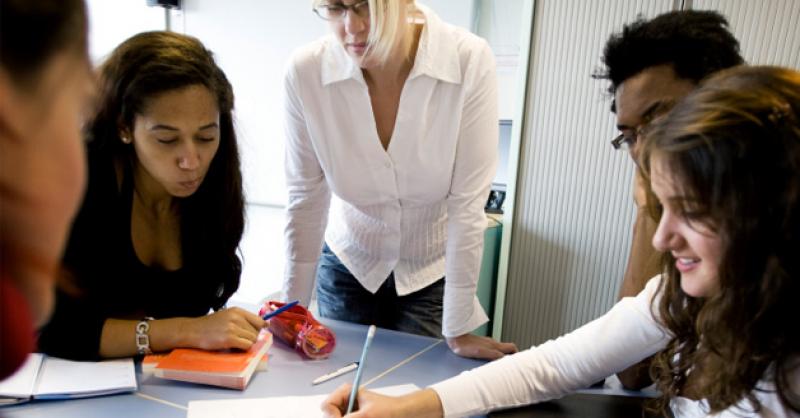Youth Transitioning to Adulthood: How Holding Early Leadership Positions Can Make a Difference

Introduction
It’s been through participation and leadership roles in Family, Career, and Community Leaders of America (FCCLA) and National Organization for Youth Safety (NOYS), that I have witnessed what engagement, in your community and in your school, academic rigor that is relevant, and the opportunity to succeed (and I think a lot of youth don’t have that opportunity) can do to improve outcomes and close the achievement gap that exists. At NOYS I have had the opportunity to see firsthand another positive youth development principal in that programs should foster competence. As a member of the board of directors my knowledgebase and leadership has definitely matured and I know that my voice has been heard.
—Jason Westerheidi, a youth with experience participating in and acting as national president for FCCLA and serving as a member of the board of directors for NOYS, at the Interagency Working Group for Youth Programs’ (IWGYP) October 2009 meeting, “Innovative Collaborations to Improve Youth Outcomes: A Federal, State, and Local Dialogue”
Positive Youth Development is an integral component of an overall strategy to combat risky and/or negative behaviors in transition-age youth. Youth development efforts strive to be proactive in encouraging positive behavior among young people, rather than reactive in responding to unwanted negative or risky behaviors. Promoting protective factors (i.e., connections to community, parental involvement, and academic success) can help prevent young people from engaging in risky behaviors and preparing them for the transition to a healthy adulthood. Leadership training and leadership opportunities are two key elements of positive youth development that can support successful youth development. The National Collaborative on Workforce and Disability define youth leadership as “both an internal and external process leading to 1) the ability to guide or direct others on a course of action, influence their opinion and behavior, and show the way by going in advance; and 2) the ability to analyze one’s own strengths and weaknesses, set personal and vocational goals, and have the self esteem to carry them out.”1
Research links early leadership with increased self-efficacy and suggests that leadership can help youth to develop decision-making and interpersonal skills that support successes in the workforce and in adulthood.2 In addition, young leaders tend to be more involved in their communities and have lower dropout rates than their peers.3 Youth leaders also show considerable benefits for their communities, providing valuable insight into the needs and interests of young people.4
At the October 2009 meeting hosted by the IWGYP, two young men, Jason Westerheidi and Zach Brooks, spoke about how early leadership positions helped to provided them with confidence. Zach shared how his experience leading others to build a house for victims of Katrina allowed him to learn how to cater to different groups, and that his experience with AmeriCorps NCCC (National Civilian Community Corps) gave him a chance to build those leadership skills. He added, “It’s something I will always be able to carry with me.” Jason described the confidence he gained from having people listen to him and value his opinion. The youth stories section of youth.gov provides a number of other examples of youth leaders and their experiences.
1 National Collaborative on Workforce and Disability, 2005, pg. 1
2 National Collaborative on Workforce and Disability, 2005
3 Brockman, Tepper & MacNeil, n.d.; Martin, Neal, Kielsmeier, & Crossley, 2006
4 Zeldin, McDanial, Topitzes, & Calvert, 2000
